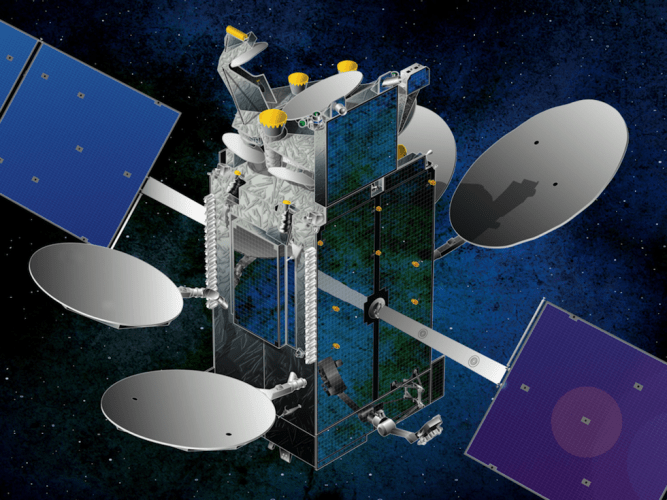
NASA’s first integrated-photonics modem will be tested in 2020 on the International Space Station as part of the agency’s multi-year Laser Communications Relay Demonstration programme.
The mobile phone-sized device incorporates optics-based functions - including lasers, switches, and wires - onto a microchip.
Once aboard the space station, the so-called Integrated Laser Communications Relay Demonstration (LCRD) LEO (Low-Earth Orbit) User Modem and Amplifier (ILLUMA) will serve as a low-Earth orbit terminal for NASA's LCRD, demonstrating further capabilities for high-speed, laser-based communications.
With missions demanding higher data rates, the need for LCRD has become more critical, said Don Cornwell, director of NASA's Advanced Communication and Navigation Division within the space Communications and Navigation Program, which is funding the modem's development.
According to NASA, LCRD promises to transform the way the agency sends and receives data, video and other information. It will use lasers to encode and transmit data at rates up to 100 times faster than today's communications equipment whilst requiring significantly less mass and power.
The technology could also deliver video and high-resolution measurements from spacecraft over planets across the solar system, thereby permitting researchers to make detailed studies of conditions on other worlds.
The project is expected to begin operations in 2019 with LCRD designed to be operational after an initial two-year demonstration period. It involves a hosted payload and two specially equipped ground stations. The mission will dedicate the first two years to demonstrating a fully operational system, from geosynchronous orbit to ground stations. Once NASA demonstrates that capability, it plans to use ILLUMA to test communications between geosynchronous and low-Earth-orbit spacecraft, Cornwell said.
"We've pushed this for a long time," said Mike Krainak, who is leading the modem's development at NASA's Goddard Space Flight Center in Greenbelt, Maryland. "The technology will simplify optical system design. It will reduce the size and power consumption of optical devices, and improve reliability, all while enabling new functions from a lower-cost system. It is clear that our strategy to leverage integrated photonic circuitry will lead to a revolution in Earth and planetary-space communications as well as in science instruments."




Red Bull makes hydrogen fuel cell play with AVL
Formula 1 is an anachronistic anomaly where its only cutting edge is in engine development. The rules prohibit any real innovation and there would be...